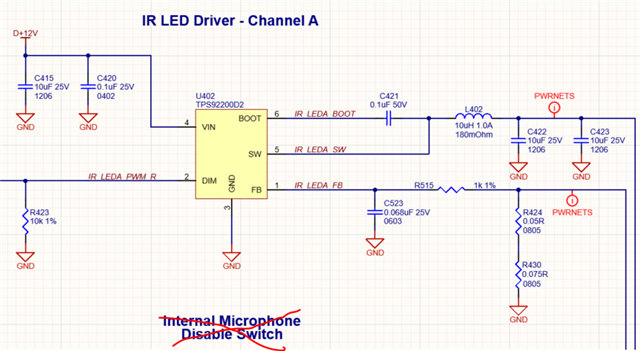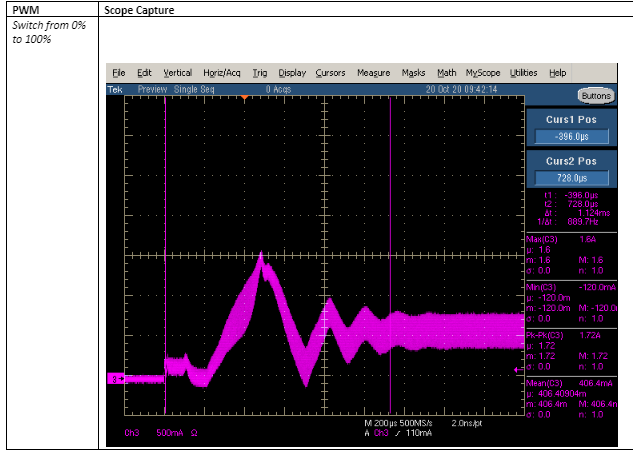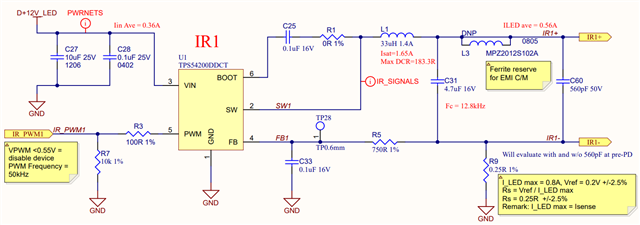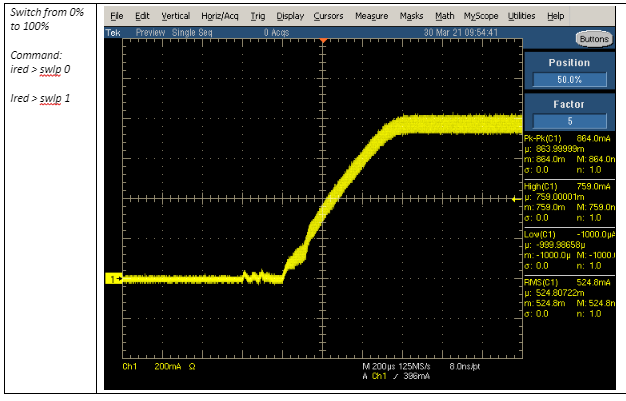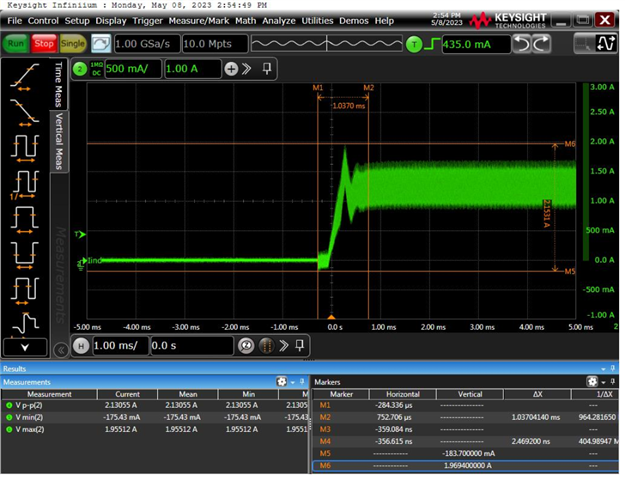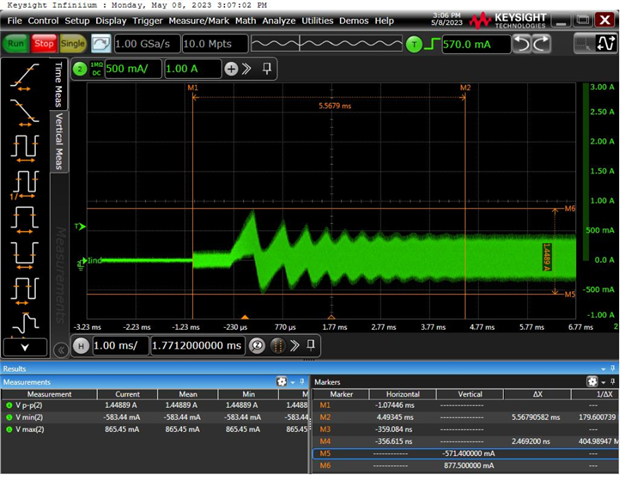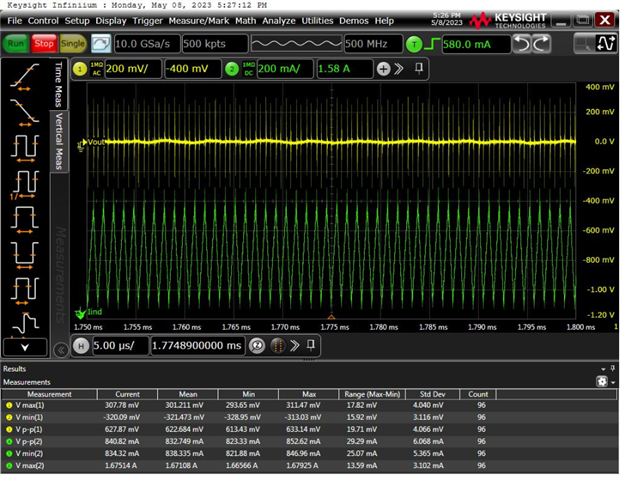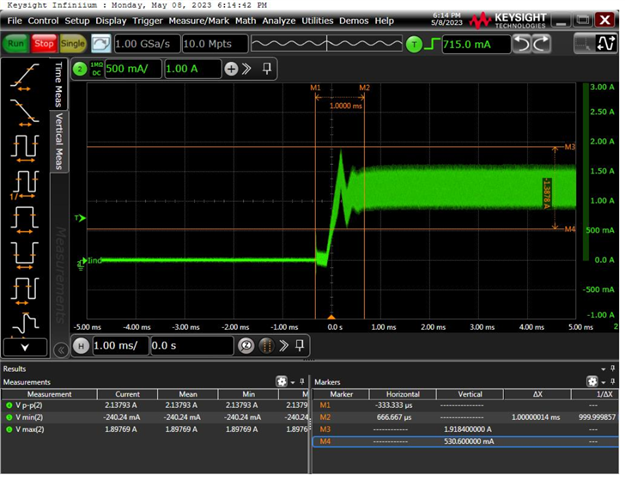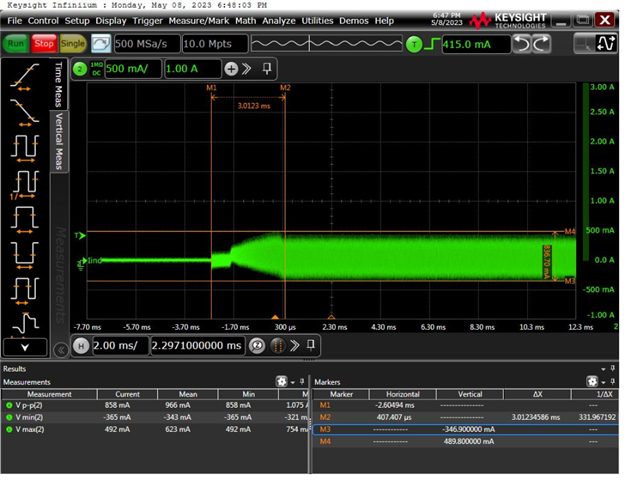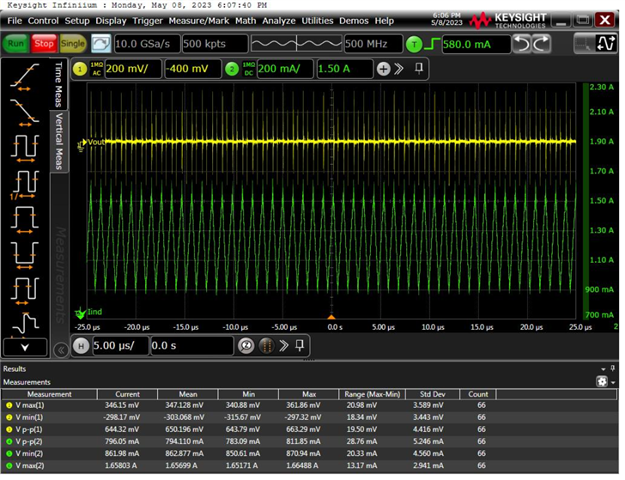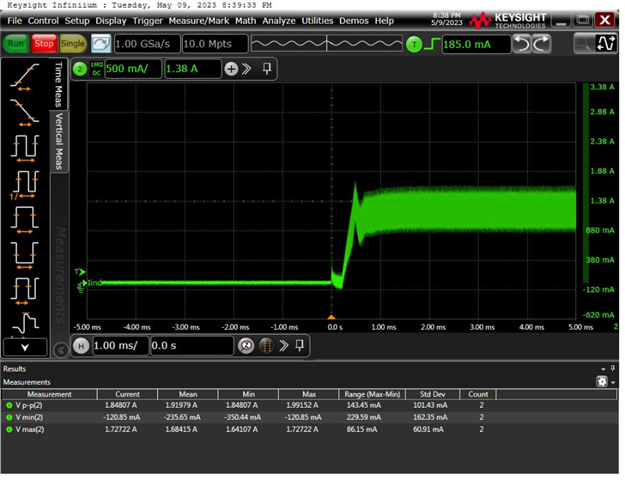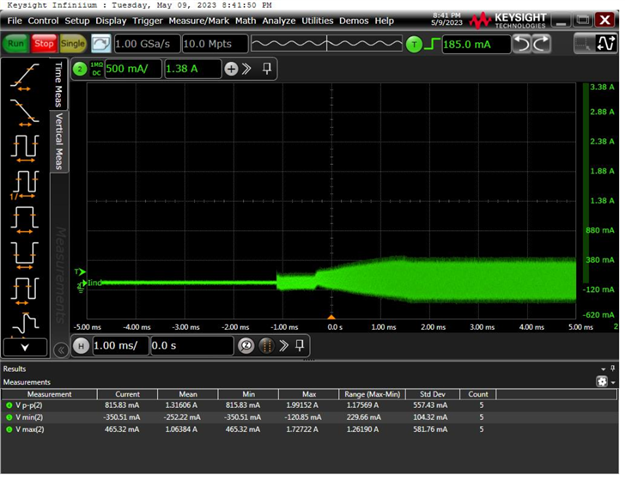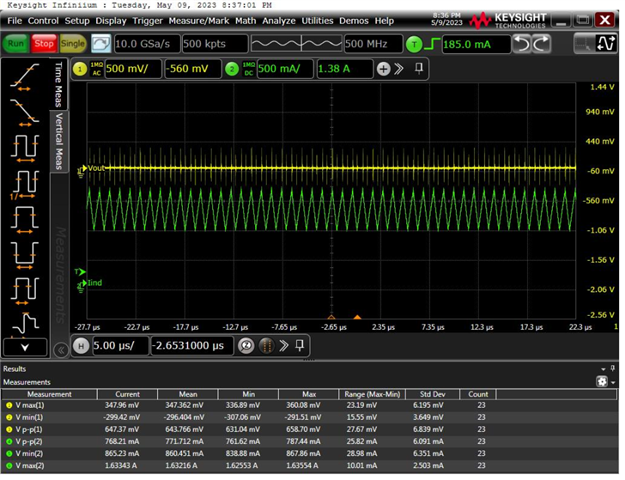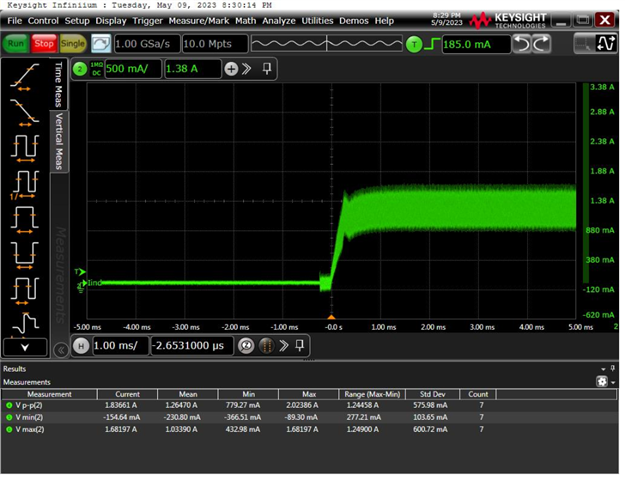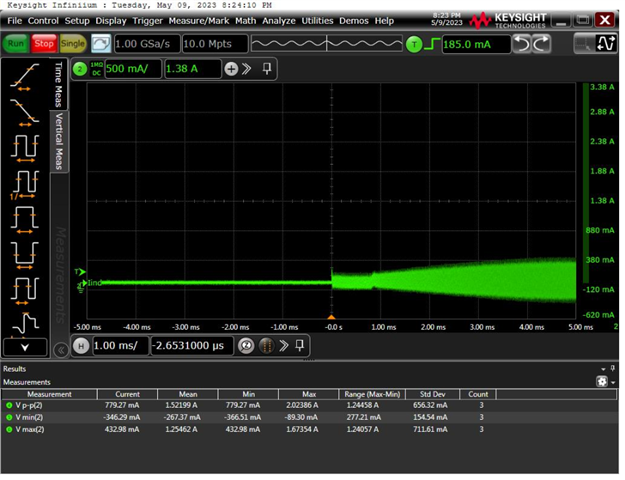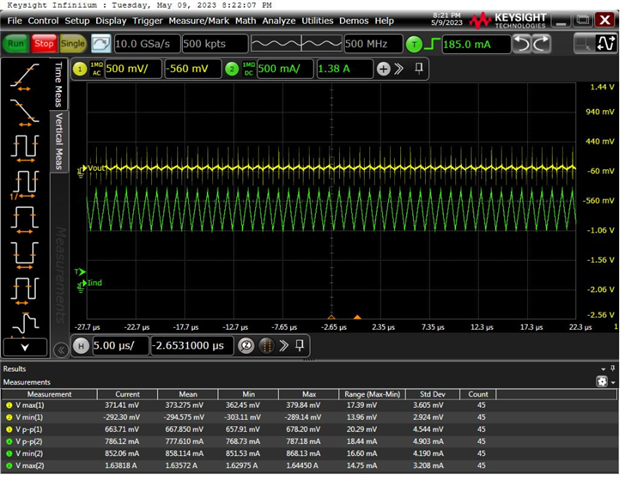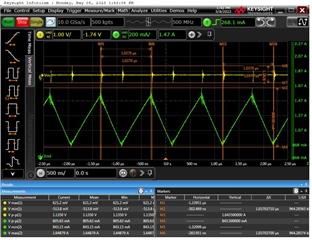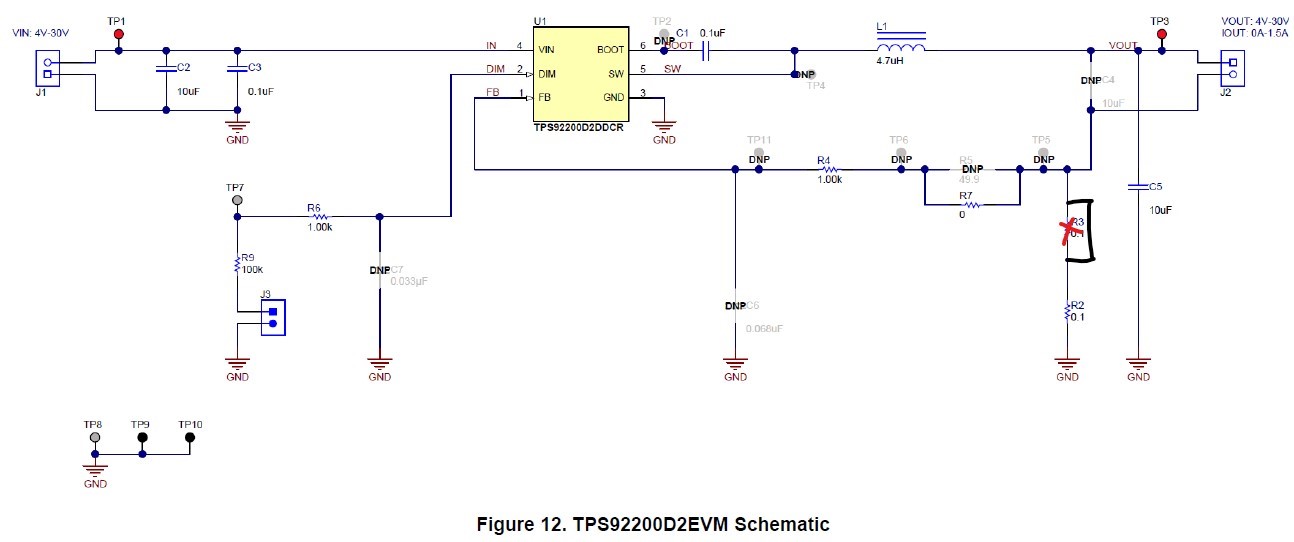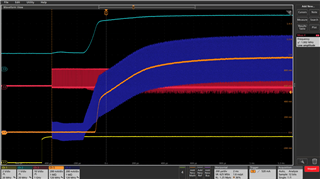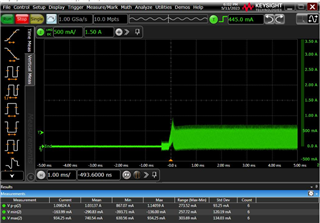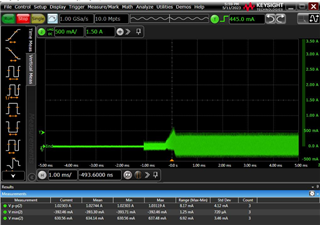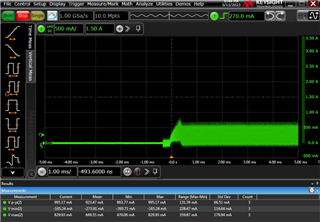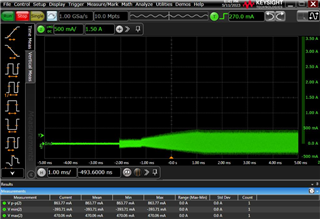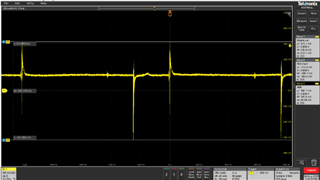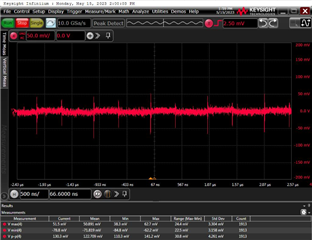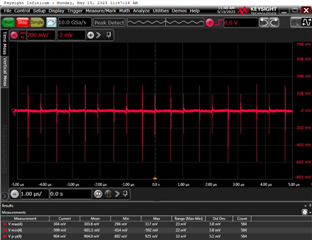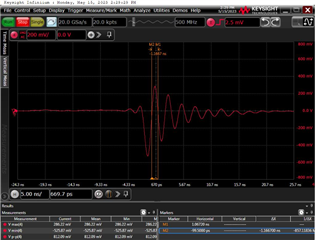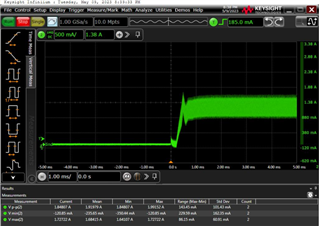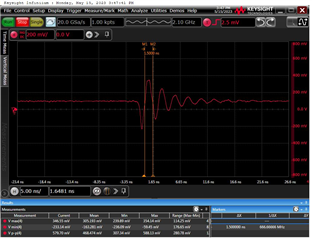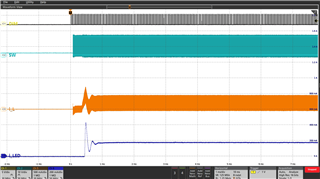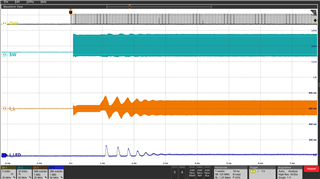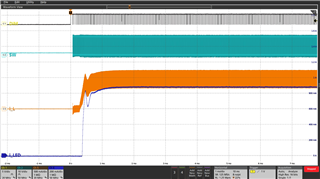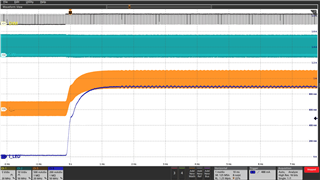Other Parts Discussed in Thread: TPS54200
Hi TI,
I am currently make assessment to study for part selection between TPS92200 and TPS54200.
My previous products are using TPS54200 until recently TPS92200 is being introduced as a replacement for TPS54200.
Based on TI, what is improvement has been done on TPS92200 compared to TPS54200 since it is the next generation?
My new product application as below:
Input voltage: 12V +/-5%
LED used: SFH4715 (same as datasheet typical application circuit)
Qty of LED used: 2
Vo: ~6.2V (included 200mV Vsense if analog dimming in TPS54200)
LED current (rms): 200mA to 600mA (to drive LED string)
LED current (max): <1A during 100% duty cycle
Efficiency: >90%
Duty cycle: huge dynamic range which duty cycle input can be changeg from 5% to 95% during operation mode based on environment temperature, but driver still assure loop stability.
Special requirement:
1) Temperature coefficient must be good to reduce fluctuation during operation.
2) High efficiency due to POE power budget limitation.
3) Small PCB size constraint
Besides, could you please list out the pro and con if I changed to TPS92200? (Ex: price, inventory, thermal performance, noise performance, efficiency performance and etc.)
Thanks and regards,
ZL Woon


